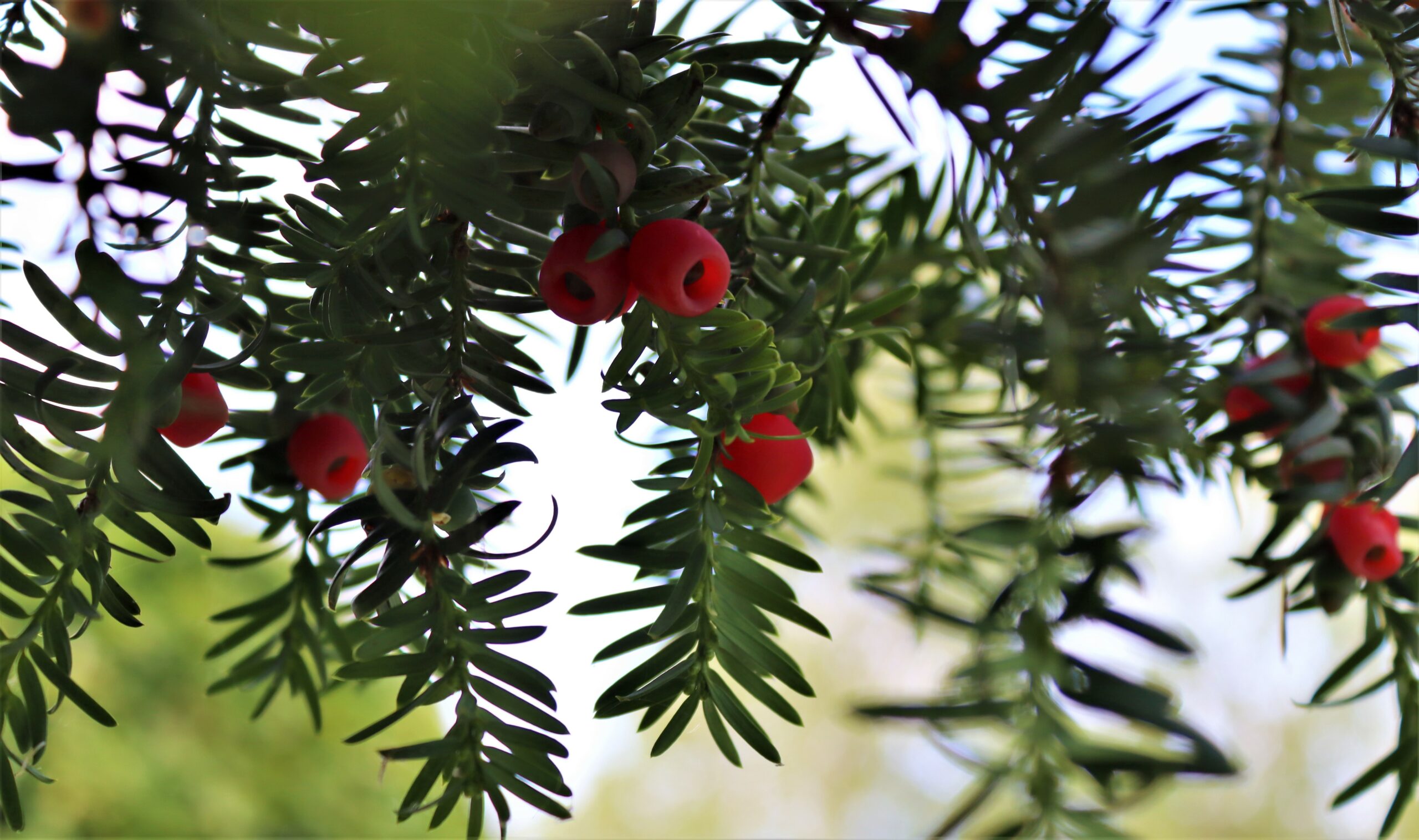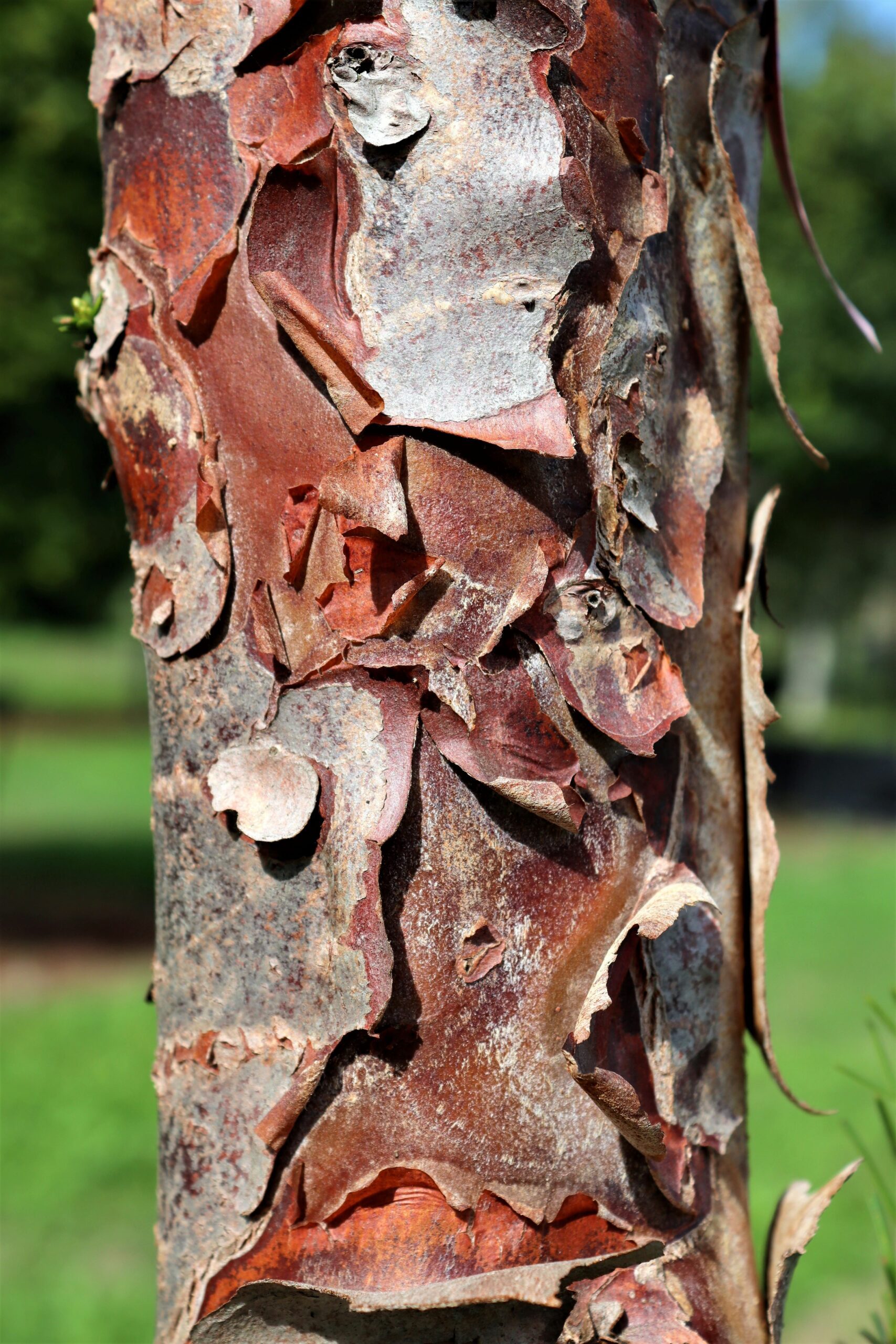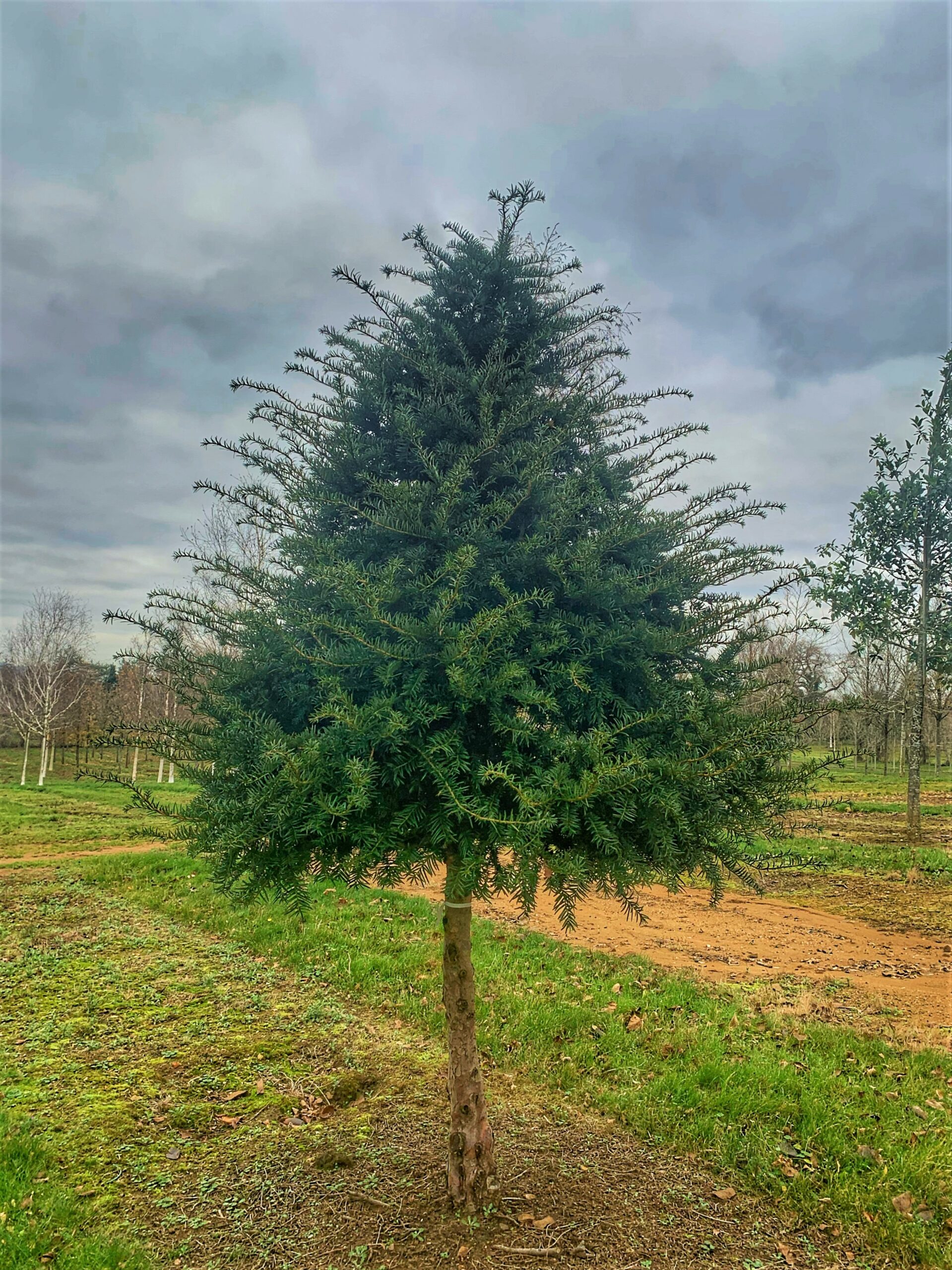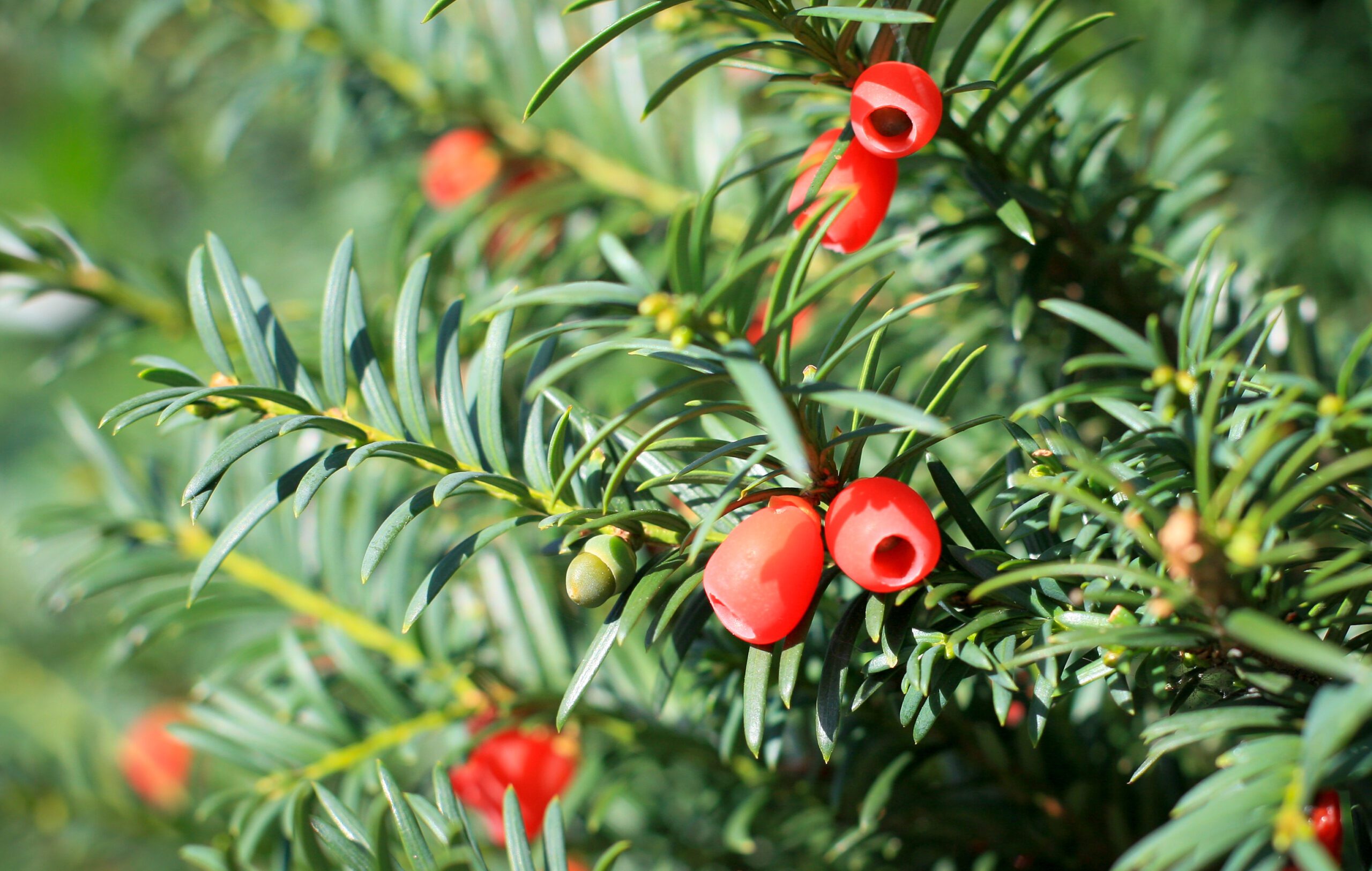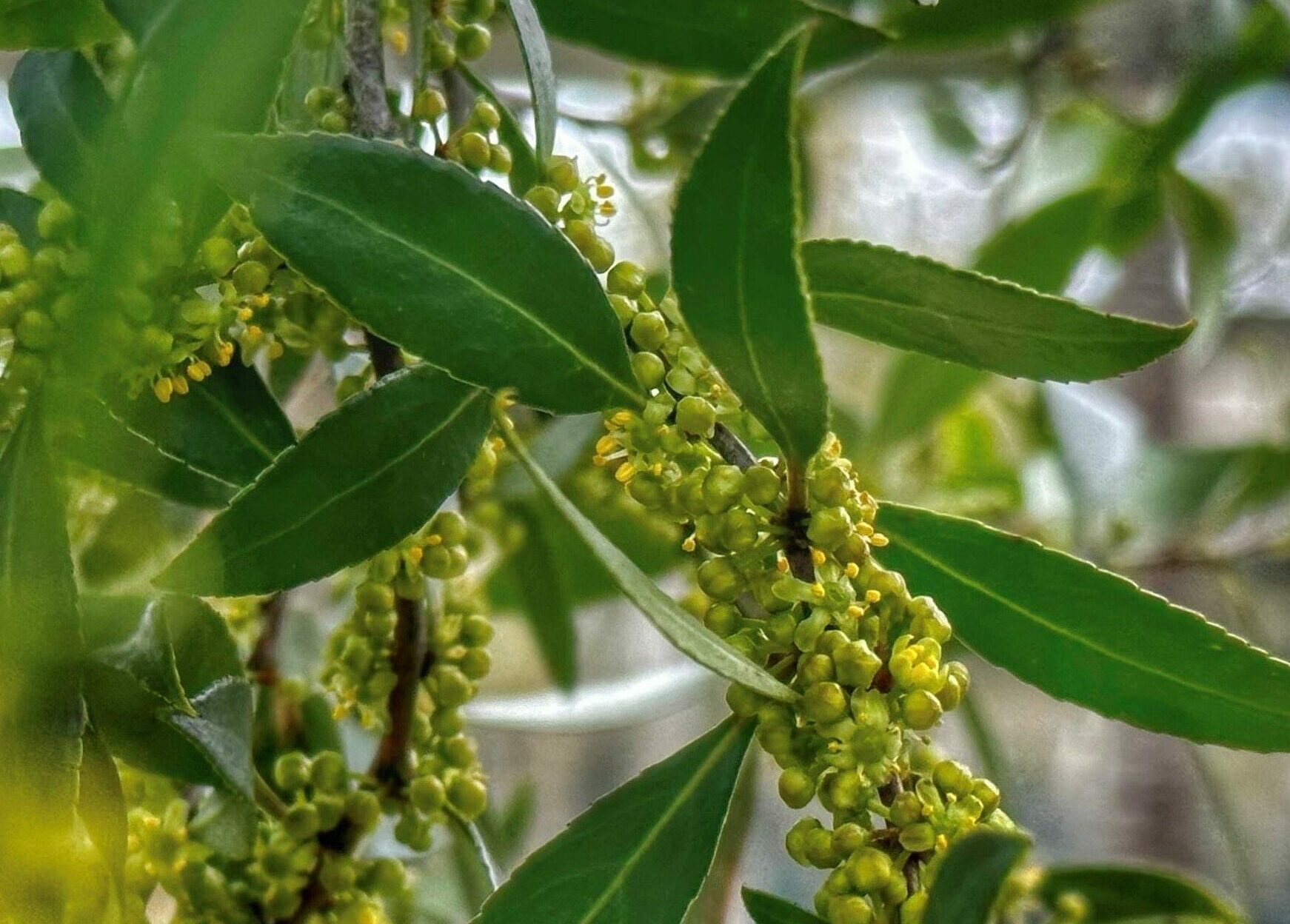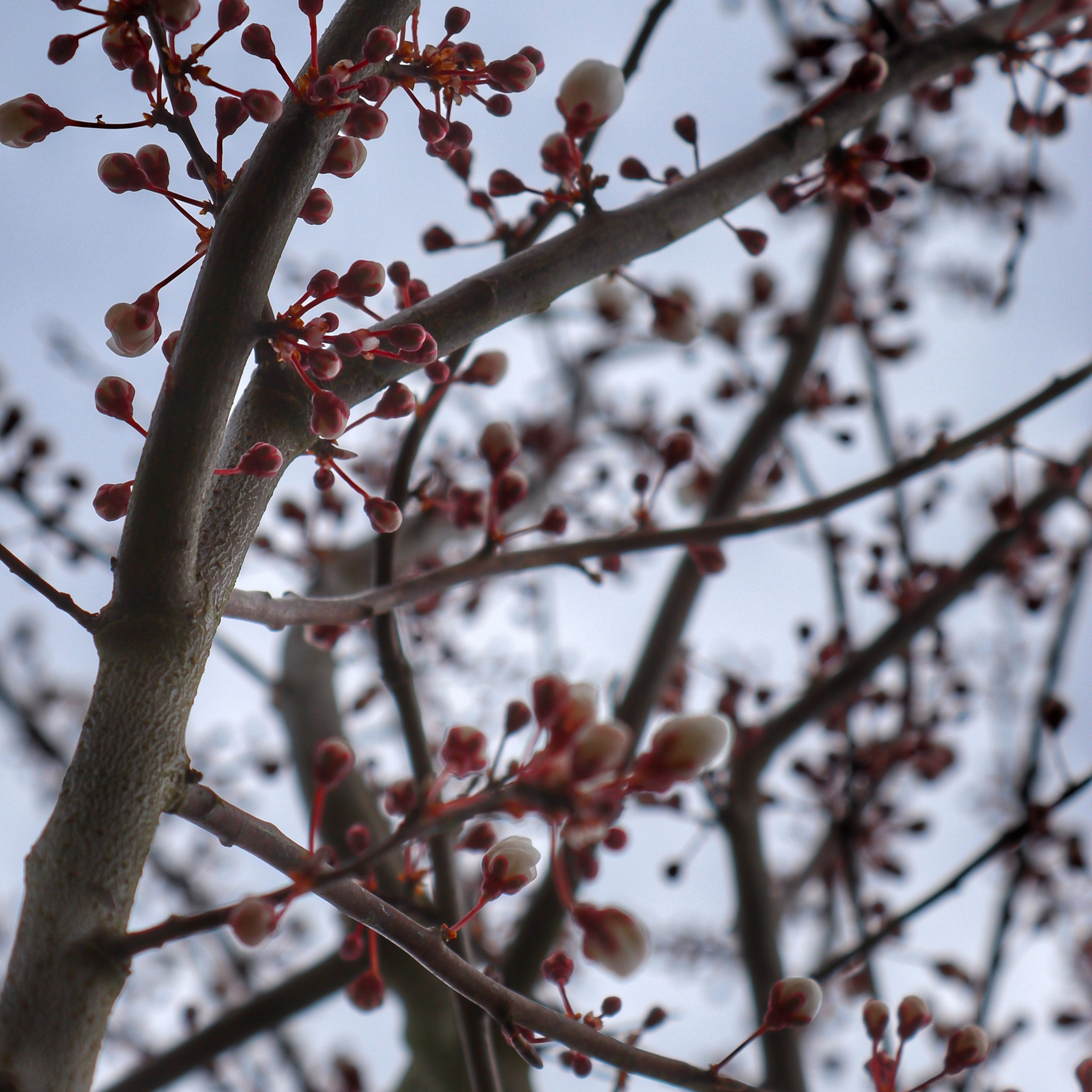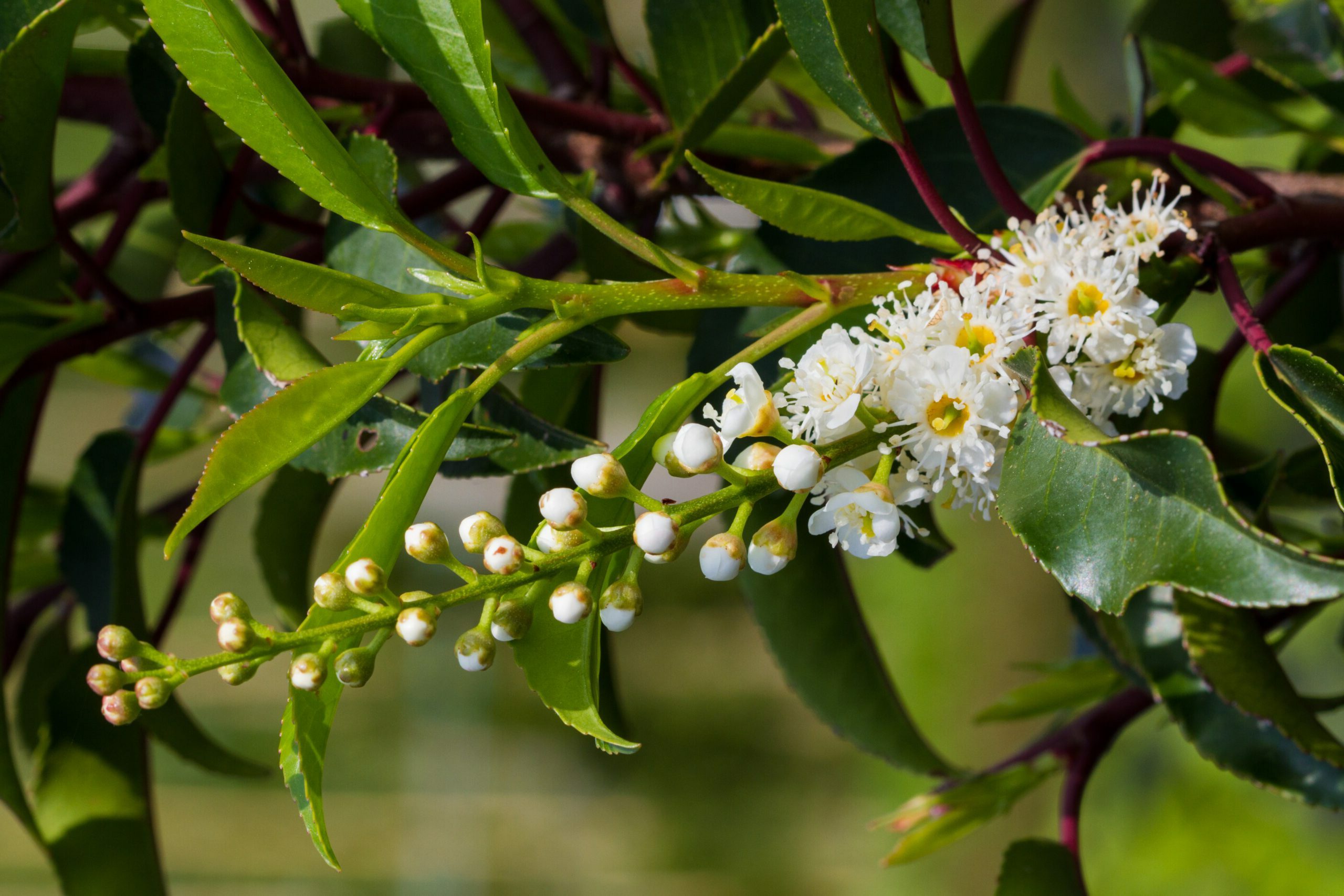Tree Information
Specialities
Tolerances
Wet Soil: Low
Dry Soil: High
Lime: Low
Taxus baccata, commonly known as the Common yew or English yew, is a distinctive evergreen conifer that holds cultural, historical and horticultural significance. It is one of Britain’s three native species, and is renowned for its dense, dark-green foliage and is ability to thrive in natural chalk formations.
The Common yew typically presents itself as a small to medium-sized tree or a large shrub that features dark-green needle leaves that are almost black in colour. The leaves, measuring up to 3cm in length, create a rich and uniform texture, providing an elegant appearance. In spring, the tree will produce inconspicuous male and female flowers, with the female eventually giving way to fleshy red fruits.
Despite its toxicity, with all parts of the plant containing taxines, the red flesh of the berry is an exception and is occasionally enjoyed by some birds. This toxicity has historically contributed to the yew’s association with churchyards, where ancient specimens are often found.
Valued for its ornamental appeal, it’s also extremely versatile in landscapes. It can be shaped into hedges or used as a specimen tree. With good care and drainage, the yew can thrive in a range of soils, both chalky and acidic.
Visit our Useful Resources for in-depth guides
Discover guides to help you with specifying your trees, caring for your trees and understanding the weights and dimensions of trees.
Useful ResourcesSize
Medium
7m high x 5m wide after 25 years
Environment
Typically found in churchyards but makes a great tree for large gardens and parks. Also makes fantastic screening and hedging.
Canopy
Pyramidal and rounded with dense foliage.
Foliage
Dark green to almost black in colour. Conifer foliage that have a leathery texture and are pointed.
Bark
Bark is dark to light brown with a scale-like texture that will eventually flake off.
Fruit
Fruits are a fleshy, vivid red cup called an aril. It houses a single poisonous seed. The entirety of the fruit, excluding its red flesh, is extremely toxic to mammals due to the presence of taxines. However, some woodland creatures can consume these without encountering any problems.
Resilience
Grows well in chalky, acidic soils. Tolerates all soil types as long as they are well-drained.
Wildlife
All parts of the yew are toxic, apart from the red flesh of the berry which certain birds enjoy. The dense foliage of the yew offers excellent shelter for smaller birds.
Make an Enquiry
Enquire below and speak to one of our expert team. For trades only, for general public enquiries click here.
Find Trees For Your Project
View Our TreesSpeak to a Member of Our Sales Team
Make an Enquiry
